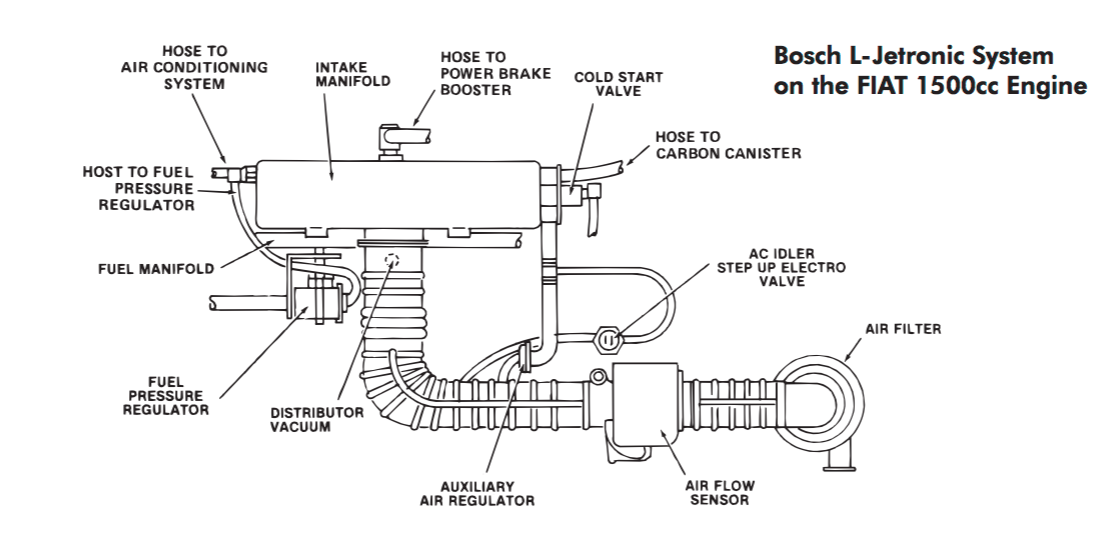What Happened and what I have done: I was driving at low speed and the car just died. It would crank faster than normal and I suspected fuel injectors not working. Towed it home and went through the l-jet diag. Everything checks good, no voltage at injectors. First start of the day the cold start works for a second and car fires then nothing until the thermo time switch cools. I have the pulse at the computer terminal and no resistance to injectors at computer connector. So from the diag the computer is bad.
I ordered a new computer and waiting for it to show up. So I decided that maybe a cap or burnt trace might be in the computer. I opened it up and nothing looks bad.
So my question is:
Any common failures known in the computer boards?
https://imgur.com/izTIQ7S
https://imgur.com/KQmmy2X
https://imgur.com/gHYqaYF
https://imgur.com/QFtOe2M
https://imgur.com/GNqFyRK
https://imgur.com/REnIpxZ
https://imgur.com/i03XqDy
https://imgur.com/sFpyVBP
I ordered a new computer and waiting for it to show up. So I decided that maybe a cap or burnt trace might be in the computer. I opened it up and nothing looks bad.
So my question is:
Any common failures known in the computer boards?
https://imgur.com/izTIQ7S
https://imgur.com/KQmmy2X
https://imgur.com/gHYqaYF
https://imgur.com/QFtOe2M
https://imgur.com/GNqFyRK
https://imgur.com/REnIpxZ
https://imgur.com/i03XqDy
https://imgur.com/sFpyVBP

